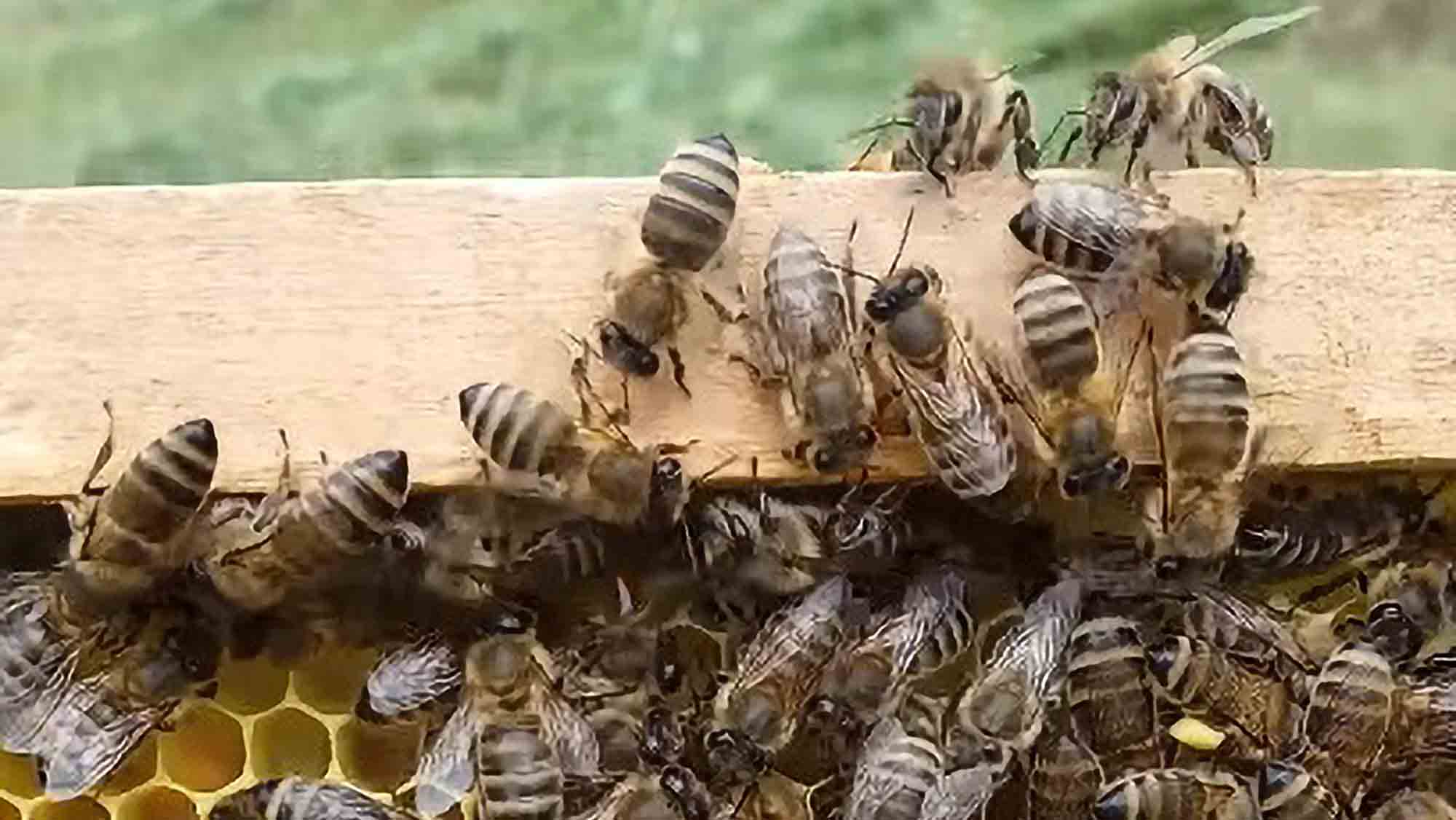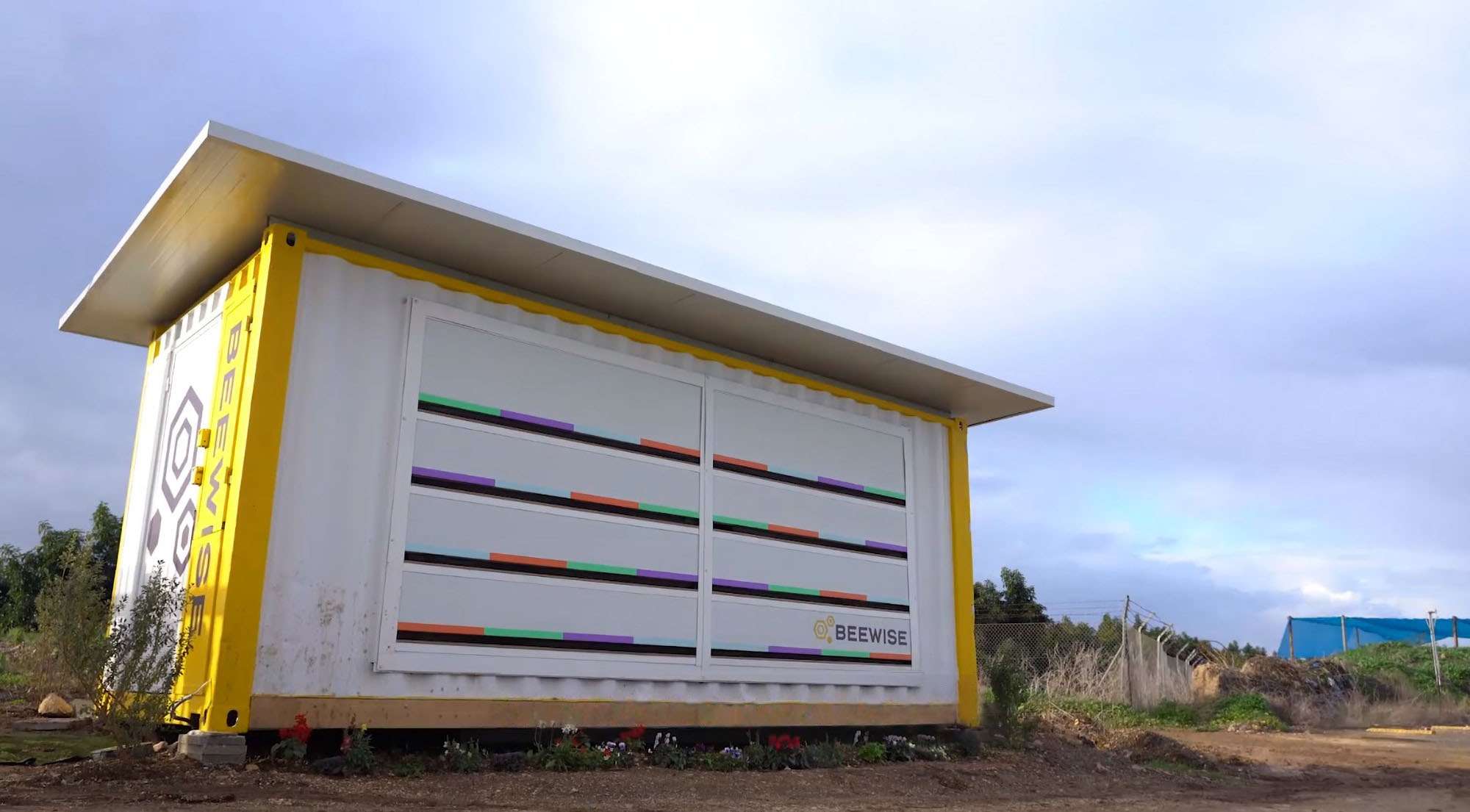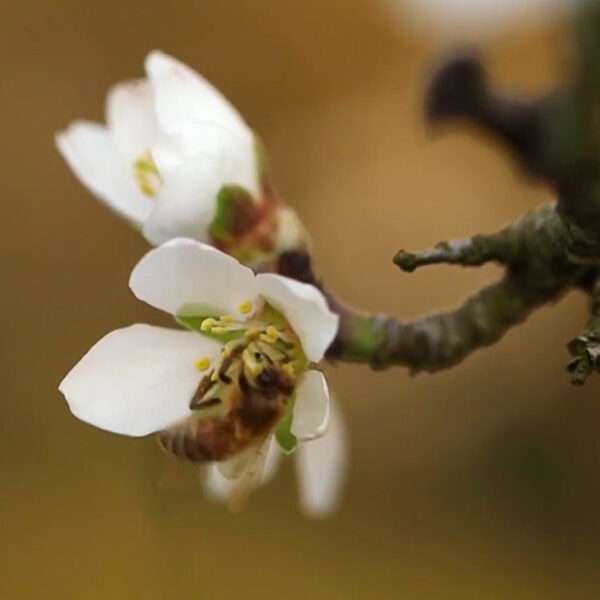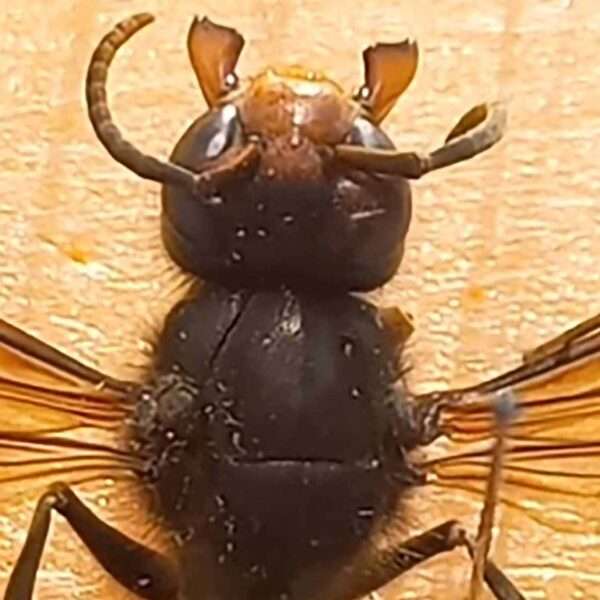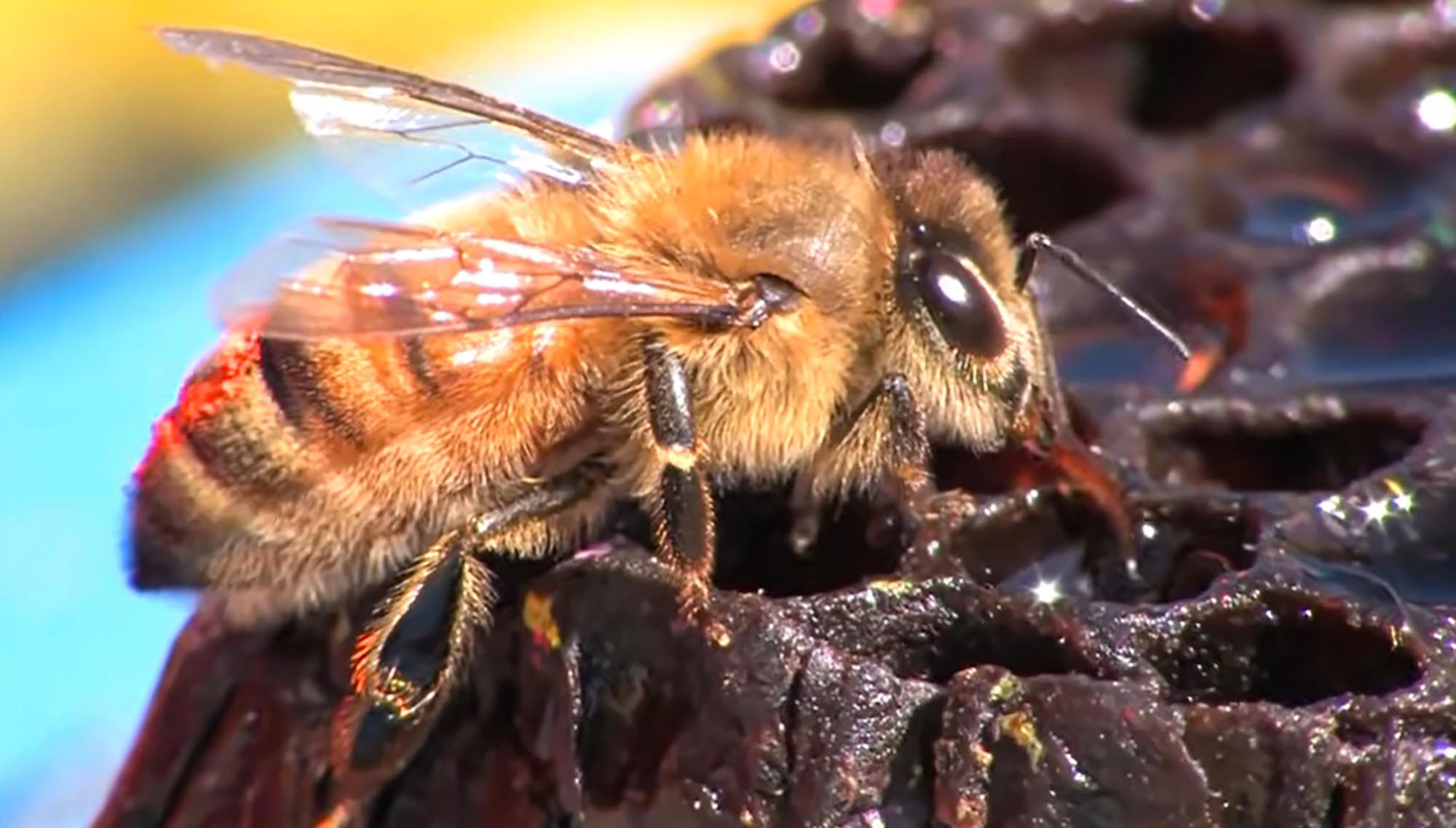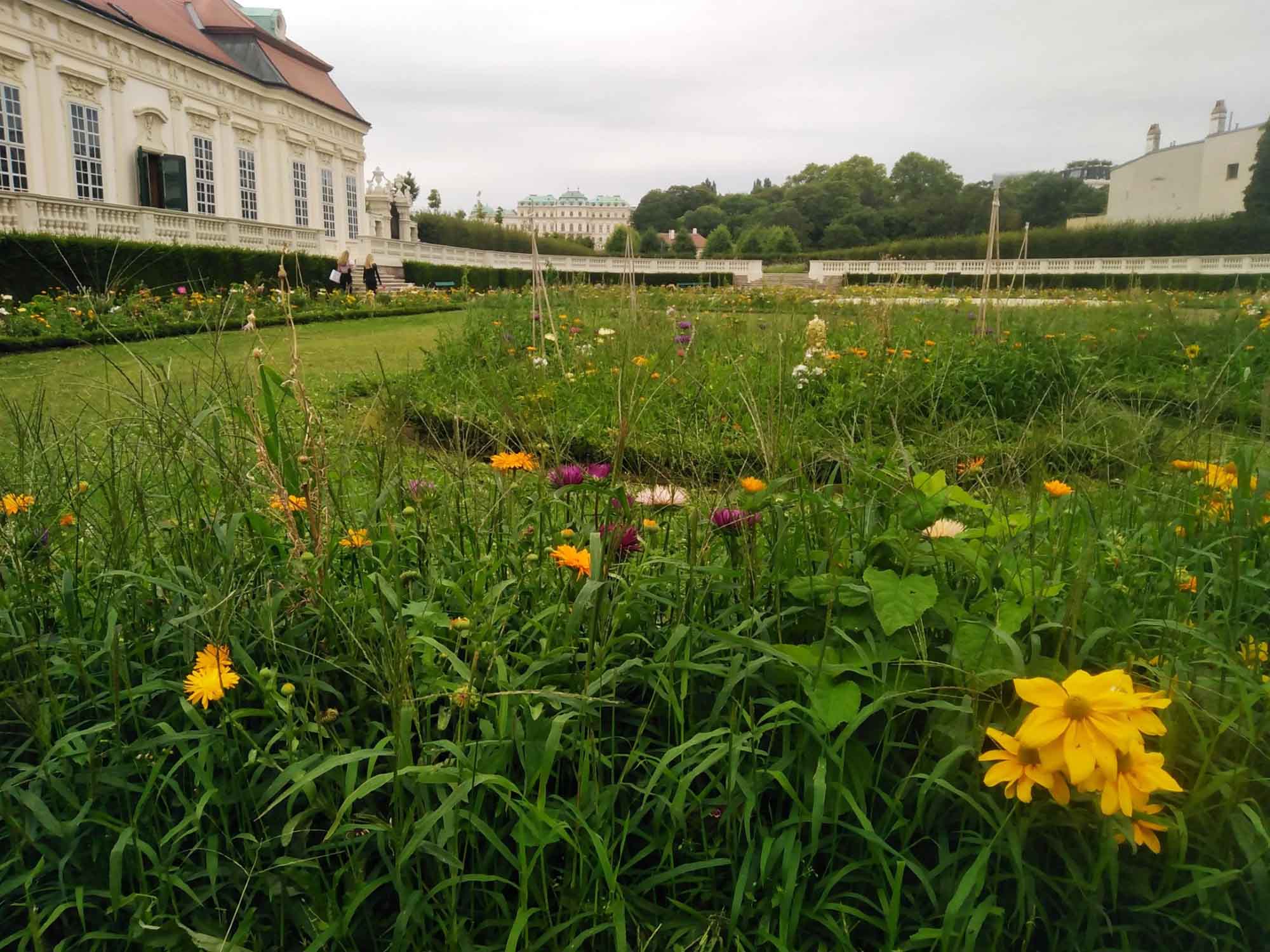Slovenia’s forests have been identified as a key aspect of the country’s long and highly successful beekeeping tradition.
Around 64 per cent of its total area is woodland. With 71 per cent and 67 per cent respectively, only Finland and Sweden have higher rates among the 27 EU member states.
Franc Sivic is an award-winning photographer, author and veteran beekeeper. The 82-year-old told the French edition of GEO: “The fact that 60 per cent of our country are forests provides ideal circumstances for bees’ foraging. Our trees endure rough winters and hot summers.”

Around 11,000 of the 2.1 million residents of the country engage in beekeeping. No other EU country has a higher per capita ratio in this regard.
Slovenia’s apiarists – who are organised within more than 200 regional associations – managed 213,000 colonies last year, according to a survey by the European Commission. Slovenia was ranked 15th in the statistics topped by Spain.
The country has a long history of beekeeping. Anton Jansa – who was born in Breznica, a small town in the Upper Carniola region, in 1734 – is regarded as one of Europe’s most important apiculture pioneers.
Ales Suessinger – who heads CD Barje, one of the biggest beekeeping unions of the country – explained: “Anton Jansa is the founding father of modern apiculture. He was the first one to say: ‘Don’t kill the bees!'”
The Carniolan honeybee (Apis mellifera carnica) – which is a subspecies of the domesticated western honeybee (Apis mellifera) – is the prevalent honeybee species in Slovenia. It is popular among apiarists for being gentle and physically robust.
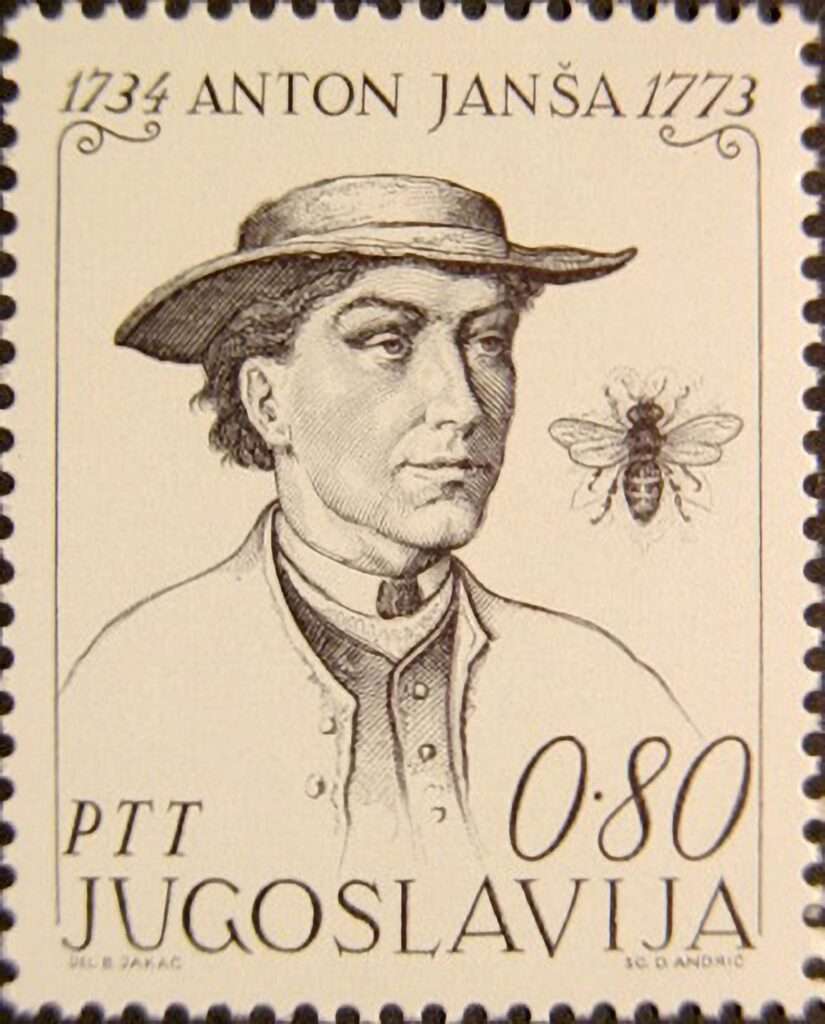
Slovenian tourism officials have established a prosperous branch of travel that includes various honeybee-related features such as special routes, exhibitions and staying in hive-shaped lodgings.
Speaking to GEO, Slovenian Beekeeping Association President Bostjan Noc concluded: “We must keep in mind that 30 per cent of all the food we eat originates from plants that depend on the pollination of bees.“

